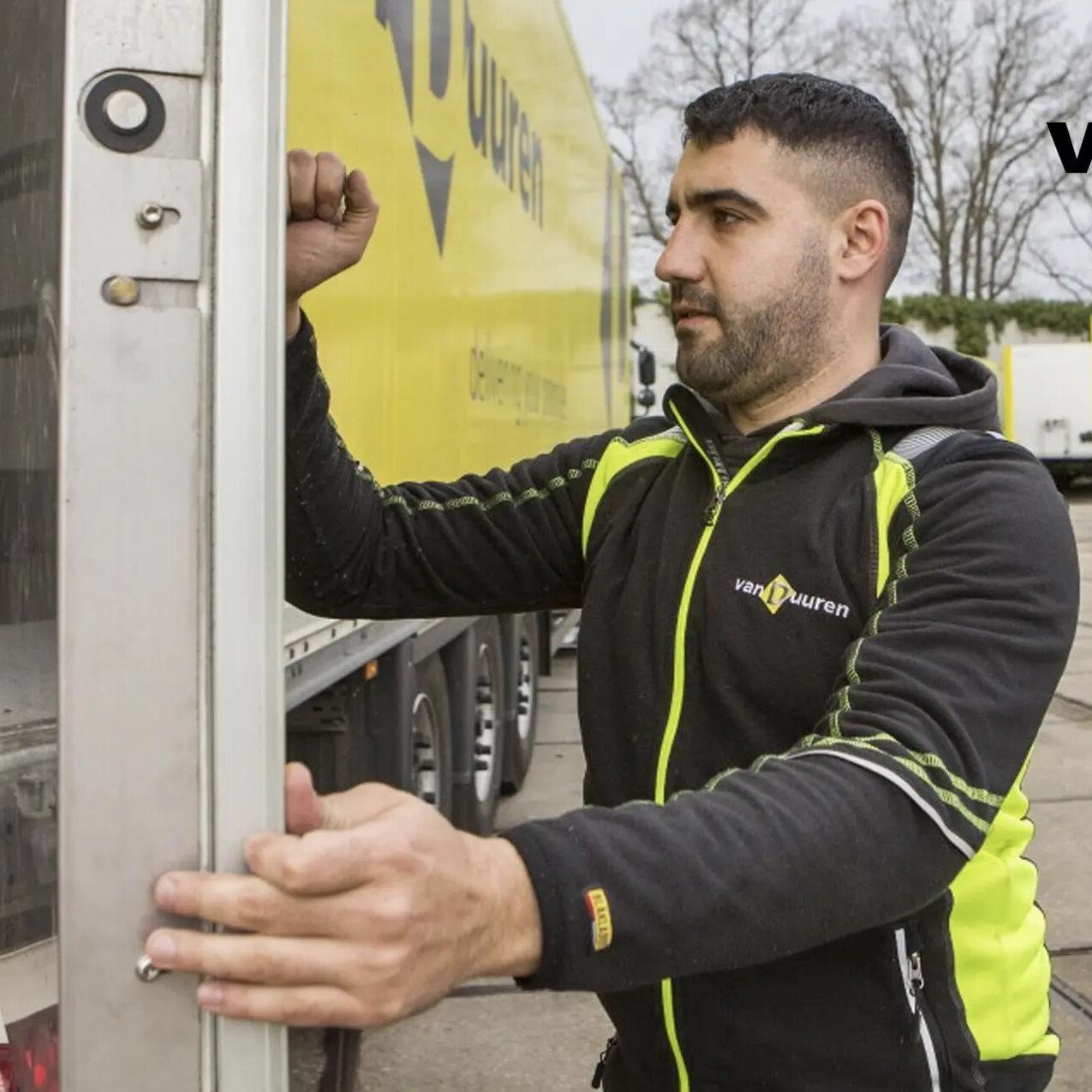How to seamlessly migrate to Microsoft Azure

A guide to help you avoid common pitfalls and ensure a smooth transition to the cloud
Microsoft Azure is one of the leading cloud platforms in the world, offering a range of services and solutions for businesses of all sizes and industries. However, migrating to Azure is not a simple task, and it requires careful planning, preparation and execution to avoid potential risks and ensure optimal performance, security and scalability.
In this blog post, we will explore some of the main challenges that you may face when migrating to Azure, and how to overcome them with the right strategy, planning and preparation. We will also share some best practices and tips to help you achieve a successful migration and enjoy the benefits of the cloud.
What are the challenges of migrating to Azure?
Migrating to Azure can be a complex and daunting process, especially if you have a large, legacy or heterogeneous IT environment. Some of the common challenges that you may encounter include:
- Lack of skills and expertise: Migrating to Azure requires a deep understanding of the cloud platform, its features, capabilities and limitations, as well as the technical and business requirements of your applications and data. You may need to hire or train your staff, or partner with a cloud service provider, to ensure that you have the necessary skills and expertise to plan, design, implement and manage your migration.
- Cost and budget: Migrating to Azure can involve significant upfront and ongoing costs, depending on the size, complexity and type of your migration. You may need to invest in new hardware, software, licenses, tools, training and support, as well as pay for the cloud services that you use. You may also face unexpected or hidden costs, such as data transfer, storage, backup, security and compliance. You need to have a clear and realistic budget for your migration, and monitor and optimize your cloud spending to avoid overspending or underutilizing your resources.
- Security and compliance: Migrating to Azure can expose your applications and data to new threats and vulnerabilities, as well as new regulations and standards. You need to ensure that your cloud environment is secure and compliant, and that you follow the best practices and guidelines for data protection, encryption, access control, identity management, auditing and logging. You also need to understand the shared responsibility model of the cloud, and what are your obligations and responsibilities, and what are Microsoft's.
- Performance and availability: Migrating to Azure can affect the performance and availability of your applications and data, especially if you have latency-sensitive, mission-critical or high-traffic workloads. You need to ensure that your cloud environment is optimized for performance and availability, and that you choose the right service level agreements, regions, zones, instances, storage, network and load balancing options. You also need to have a backup and disaster recovery plan, and test your migration thoroughly before going live.
- Compatibility and interoperability: Migrating to Azure can pose compatibility and interoperability issues, especially if you have legacy, custom or proprietary applications and data. You need to ensure that your applications and data are compatible and interoperable with the cloud platform, and that you choose the right migration strategy, such as lift-and-shift, refactor, rearchitect or rebuild. You also need to consider the integration and communication between your cloud and on-premises environments, and use the appropriate tools and methods to facilitate the migration.
How to overcome the challenges of migrating to Azure?
Migrating to Azure can be a rewarding and beneficial process, if you follow the right strategy, planning and preparation. Here are some steps that you can take to overcome the challenges and ensure a successful migration:
- Assess your current environment: Before you start your migration, you need to have a clear and comprehensive understanding of your current IT environment, including your applications, data, infrastructure, dependencies, performance, security, compliance, costs and business goals. You can use tools such as Azure Migrate, Azure Assessment and Migration Toolkit, or third-party solutions to help you assess your environment and identify the best candidates for migration.
- Define your migration strategy: Based on your assessment, you need to define your migration strategy, such as lift-and-shift, refactor, rearchitect or rebuild, and determine the scope, timeline, budget and resources for your migration. You also need to choose the right migration tools and methods, such as Azure Site Recovery, Azure Database Migration Service, Azure App Service Migration Assistant, or third-party solutions, to help you automate and simplify your migration.
- Design your cloud architecture: Based on your migration strategy, you need to design your cloud architecture, and select the right Azure services and solutions for your applications and data. You need to consider the performance, availability, scalability, security and compliance requirements of your workloads, and optimize your cloud environment for cost and efficiency. You can use tools such as Azure Architecture Center, Azure Well-Architected Framework, Azure Advisor, or third-party solutions to help you design your cloud architecture.
- Implement and test your migration: Based on your cloud design, you need to implement and test your migration, and ensure that your applications and data are migrated correctly and securely. You need to follow the best practices and guidelines for data migration, application migration, network migration and security migration, and use the appropriate tools and methods to monitor and troubleshoot your migration. You also need to perform functional, performance, security and compliance testing, and validate the results with your stakeholders.
- Manage and optimize your cloud environment: After your migration is complete, you need to manage and optimize your cloud environment, and ensure that your applications and data are running smoothly and efficiently. You need to follow the best practices and guidelines for cloud governance, operations, security and cost management, and use the appropriate tools and methods to manage and optimize your cloud resources. You also need to have a continuous improvement plan, and leverage the cloud features and capabilities to enhance your business value and outcomes.
For more information please contact us
Want to make your world a little smarter?
Get in contact with Cedric Jacott and we will reach out to you.
Related Articles
Cyberaanval! Ben jij er klaar voor?
1/04/2025
Cybersecurity & Continuïteit: Isolated Recovery Environment as a Service
27/03/2025
Cybersecurity & Continuïteit: BaaS alleen is niet genoeg
25/03/2025
Cyberaanval? De impact is groter dan je denkt
23/03/2025
Detectie en isolatie: voorbereiden op een cyberaanval
18/03/2025











